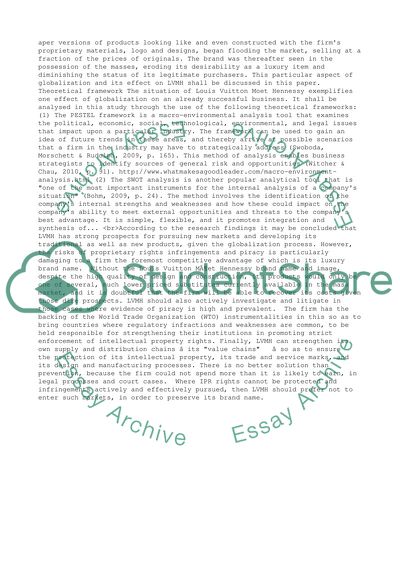Cite this document
(“International Business Strategy: Lois Vuitton Moet Hennessy Assignment”, n.d.)
Retrieved from https://studentshare.org/business/1393091-international-business-strategy-lois-vuitton-moet-hennessy
Retrieved from https://studentshare.org/business/1393091-international-business-strategy-lois-vuitton-moet-hennessy
(International Business Strategy: Lois Vuitton Moet Hennessy Assignment)
https://studentshare.org/business/1393091-international-business-strategy-lois-vuitton-moet-hennessy.
https://studentshare.org/business/1393091-international-business-strategy-lois-vuitton-moet-hennessy.
“International Business Strategy: Lois Vuitton Moet Hennessy Assignment”, n.d. https://studentshare.org/business/1393091-international-business-strategy-lois-vuitton-moet-hennessy.


